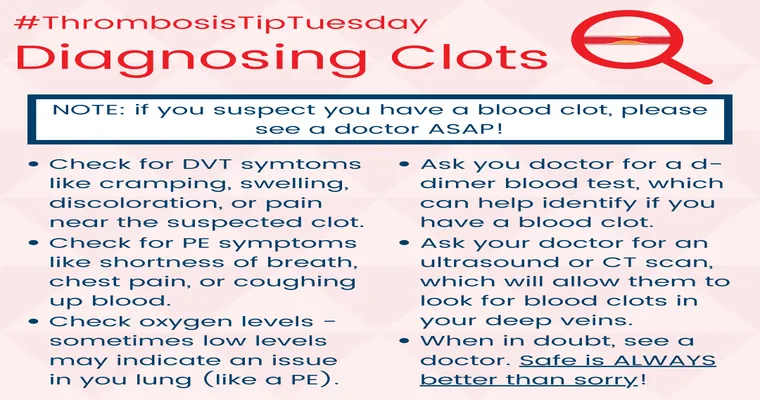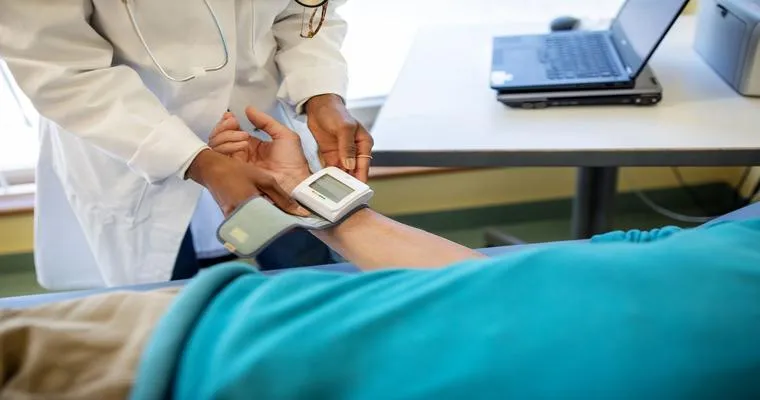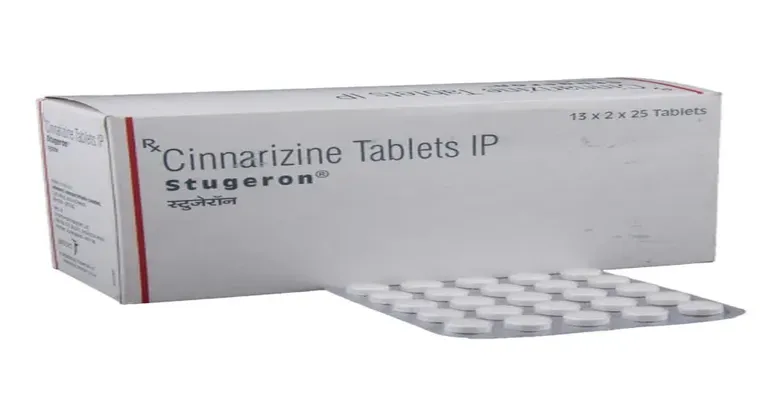If you are searching for information on "blood clots", you are not alone. Many people have questions about what "blood clots" are, their symptoms, causes, and how they can be treated. Understanding this medical condition is crucial, as "blood clots" can lead to serious health issues if not addressed promptly. In this article, we will cover essential information regarding "blood clots" to help you gain a better understanding.
What are Blood Clots?
"Blood clots" are gel-like masses that form when blood cells, platelets, and proteins clump together to stop bleeding. While this process is essential for healing, excessive clotting can cause complications. Clots can form in veins or arteries, leading to different health issues depending on their location.
Symptoms of Blood Clots
Recognizing the symptoms of "blood clots" is vital for early detection and treatment. Common symptoms include:
Swelling in the affected leg or arm
Pain or tenderness that may feel like cramping
Red or discolored skin
A warm sensation in the area of the clot
If a "blood clot" travels to the lungs, it can cause a pulmonary embolism, which may present symptoms such as sudden shortness of breath, chest pain, or a rapid heartbeat. These symptoms require immediate medical attention.
Causes and Risk Factors
There are several risk factors associated with "blood clots". Some of the most common causes include:
Prolonged immobility, such as during long flights or bed rest
Certain medical conditions, including cancer or heart disease
Hormonal changes from pregnancy or hormone replacement therapy
Use of birth control pills or hormone therapies
Obesity and smoking
Understanding your risk factors can help you take preventive measures against "blood clots".
Treatment Options
If you suspect you have a "blood clot", seeking medical advice is essential. Doctors may recommend various treatment options based on the severity and location of the clot. Some common treatments include:
Anticoagulants, also known as blood thinners, to prevent further clotting
Thrombolytics to dissolve the clot quickly
Compression stockings to improve circulation and reduce swelling
In some cases, surgical interventions may be necessary to remove the clot.
Prevention Tips
Preventing "blood clots" is possible by making lifestyle changes and taking precautions. Here are some tips to help reduce your risk:
Stay active and exercise regularly to improve circulation
Avoid sitting for long periods; take breaks during long trips
Maintain a healthy weight and quit smoking
Stay hydrated, especially during travel
Conclusion
Understanding "blood clots" is essential for your health. If you have concerns or experience symptoms, it is crucial to consult with a healthcare professional. With appropriate knowledge and preventive measures, you can reduce the risk of "blood clots" and maintain your well-being. Remember, when it comes to your health, being informed is the first step towards staying safe.





